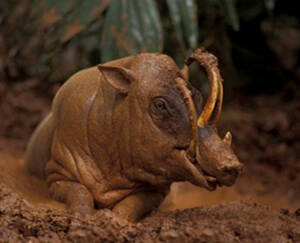
Togian Babirusa (scientific name: Babyrousa togeanensis) is called Togian Islands Babirusa in foreign language, and has no subspecies.Male Togian Babirusa usually live alone, while females and young Babirusa form family groups, sometimes up to 11 of them take mud baths together in the mud. The speci...
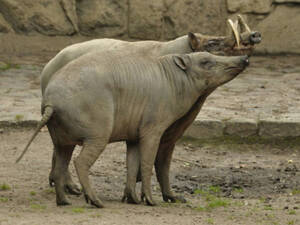
Sulawesi Babirusa (scientific name: Babyrousa celebensis) is called Kalowatan in foreign language, and has no subspecies.Sulawesi Babirusa consists of small groups of one or two adult females and their offspring, most of which are females with young animals. Groups rarely exceed 5, but groups of up...
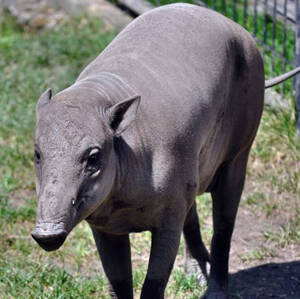
Hairy Babirusa (scientific name: Babyrousa babyrussa) is also known as Hairy Babirusa and Babiroussa in foreign languages. There is no subspecies.Hairy Babirusa is a diurnal animal that is active mainly in the morning. It spends about half of its time lying down, usually sleeping. They run fast and...
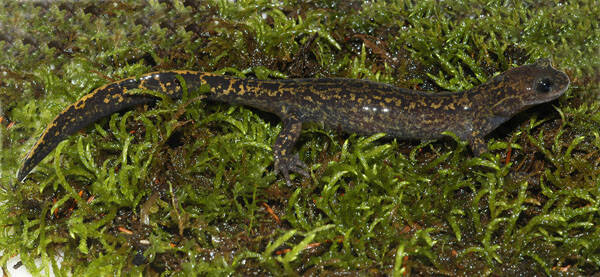
Habitat: This salamander lives in and near small mountain streams at an altitude of 1770-1860m. The stream has a small amount of water, a small slope, and many gravels on the bottom of the water. The streamside is mainly composed of herbaceous plants and shrubs.Habits: Adult salamanders live on land...
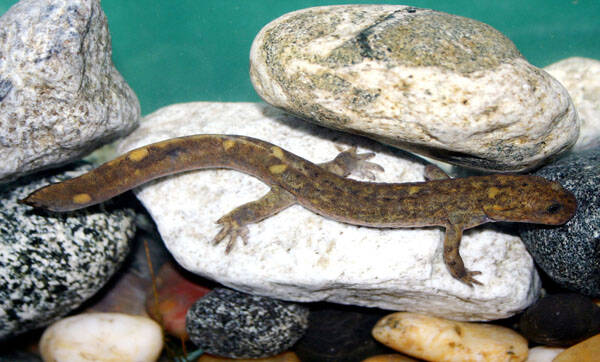
Habitat: This salamander lives in mountainous areas with an altitude of 900 to 2350m. Adults mostly live in small mountain streams, which are generally 1 to 2m wide and 10 to 25cm deep, with rich vegetation on both sides.Habits: Adult salamanders mainly feed on aquatic insects such as Trichoptera an...